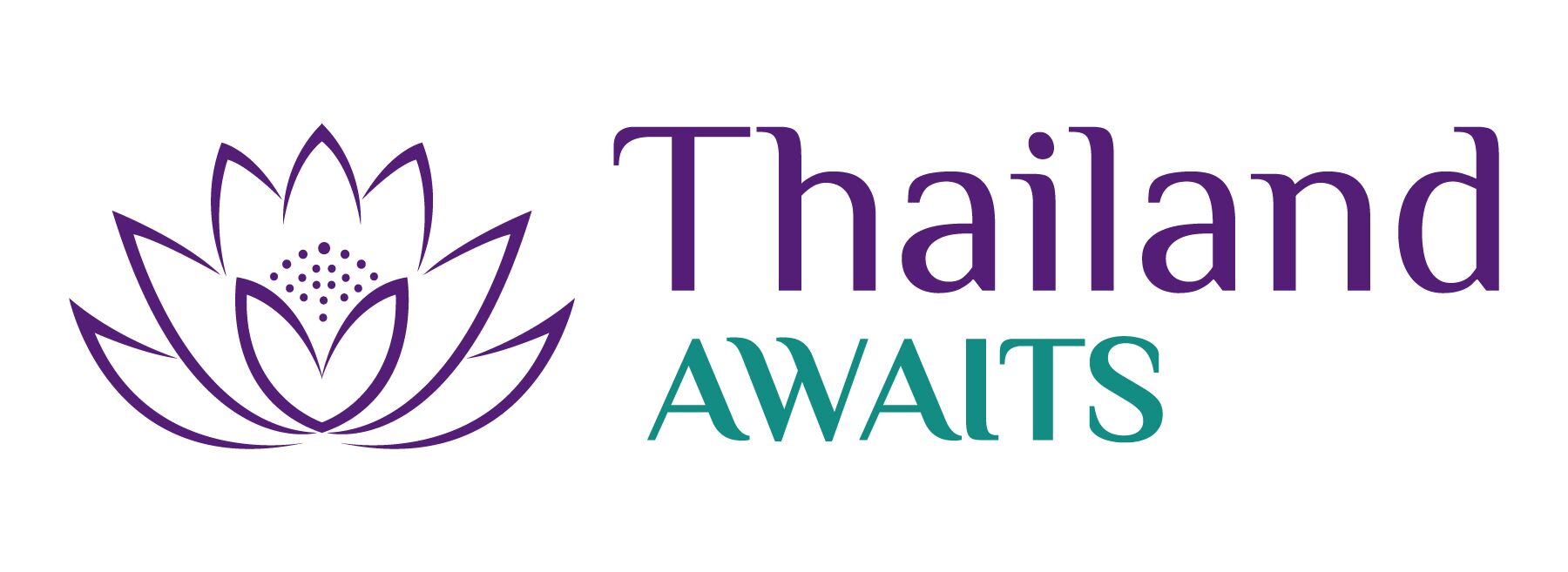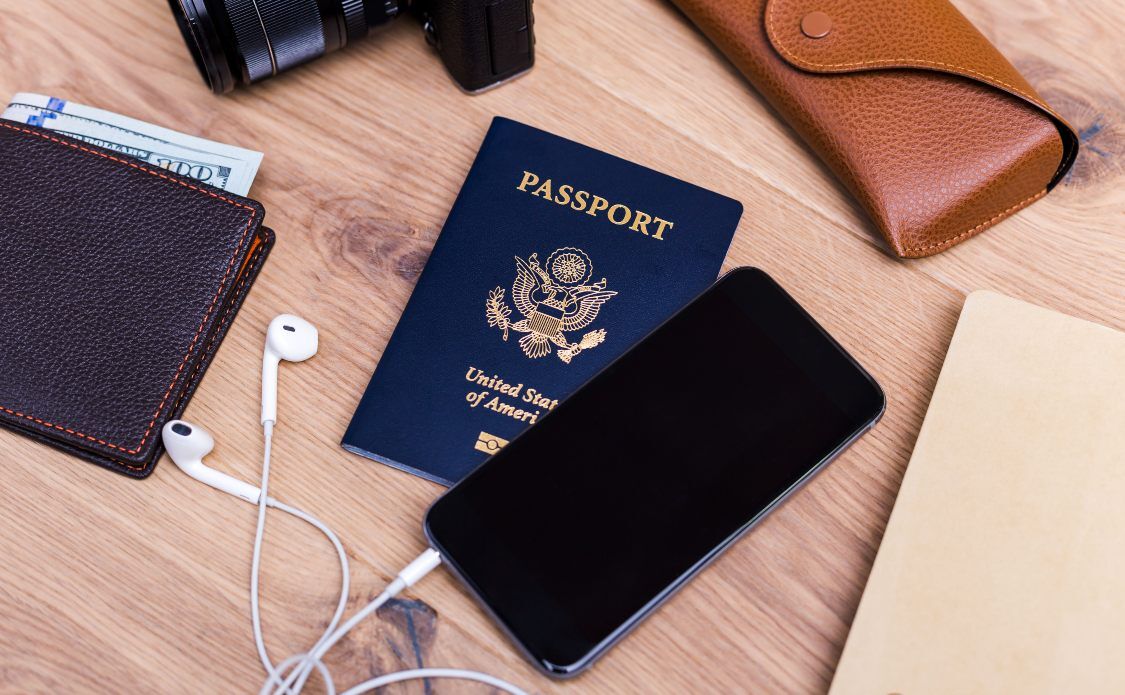When it comes to looking for the best eSIM for Thailand, you’ll find a multitude of options available that can be difficult to choose between. Taking a moment to understand how eSIMS work and decided if they will be suitable for your trip can save you a lot of time and money in the long run though.
This page contains affiliate links. Please see our disclosure policy here.
What is an eSIM?
An eSIM does everything that a normal SIM card does, but without the need for a physical card.
In a nutshell, a SIM or eSIM is what identifies your phone as yours, by storing details such as your phone number and network provider details.
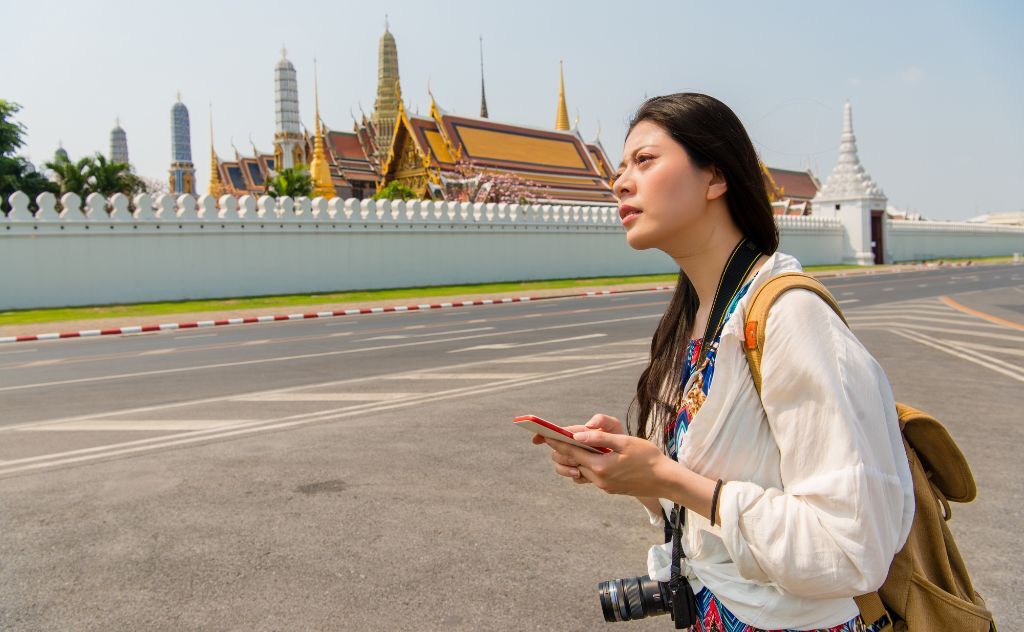
While still relatively new, lots of different phone manufacturers have already embraced the switch to a card-free SIM.
Starting with Samsung in 2016, manufacturers have gradually moved to models that provide options for both physical SIM cards and eSIMs.
With Apple’s latest models offering eSIM support only, however, it seems only a matter of time before physical SIM cards become a thing of the past.
What are the Benefits of using an eSIM?
The pros and cons of using an eSIM for Thailand are pretty straightforward.
The pros of using an eSIM:
- Security – There’s no risk of losing your SIM card or having it stolen if it’s part of the phone.
- Rewritable – You can switch networks just by getting in touch with them.
- Space for up to five different numbers – No need to carry an extra business phone. Each number can even belong to a different network to one another.
- Great for travelling – This is what makes using an eSIM in Thailand such a good idea. Simply switch to a local network while over there to save money on heavy data roaming charges from your home network.
- You can sort it all out before you leave home so you don’t spend the first hour of your trip getting a new sim card and if you are like me figuring out how to insert it!
The Cons:
- You need to have a newer model phone that supports eSIM usage
- If your device stops working for any reason you can’t just pop out the sim and put it in another device. Although if this does happen you can easily buy a new sim card on arrival.
Which phones support eSIM in Thailand?
Most manufacturers’ flagship models have supported eSIMs for some time now.
If you’re unsure if your phone will accept one, a quick glance through the documentation that came with it should yield an answer.
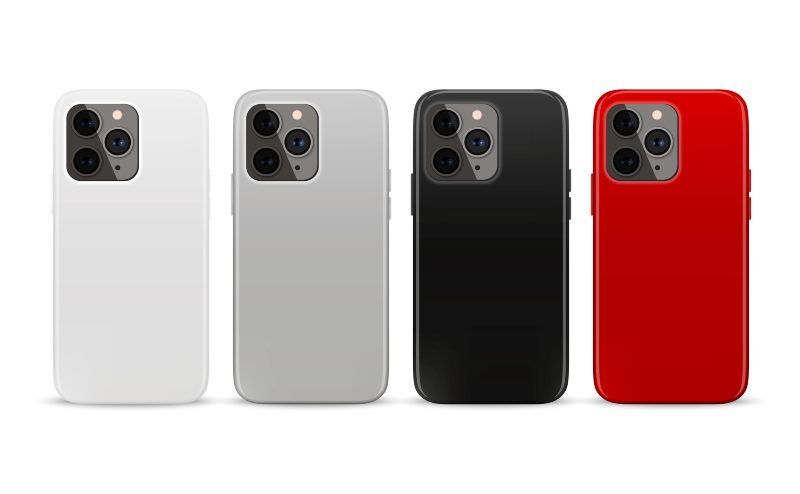
If you own one of the following popular phones, though, then you can be sure that it can take an eSIM.
- Apple iPhones throughout the range from the XR and XS onward (11,12,13,14,SE2 and SE3). This includes all Pro, Mini, Pro Max and Plus variants.
- Most Samsung Galaxy models from S20 onward (S21, S22 and beyond) This includes all +, Ultra and 5G variants (Be aware that the S20 FE and S21 FE DO NOT accept eSims)
- Samsung Galaxy Note S20 models including FE, +, Ultra and 5G variants
- Samsung Galaxy Z Flip and Z Flip 5G
- Samsung Galaxy Z Fold, Z Fold 2 and ZFold 3
- Google Pixel models throughout the range from 3 onwards (4,5,6 and 7). This includes all XL, Pro and A variants.
Even if your phone is listed above, it’s recommended to double check its compatibility with local mobile operators before purchasing an eSIM.
Some models purchased in different countries or locked to particular networks may not support one.
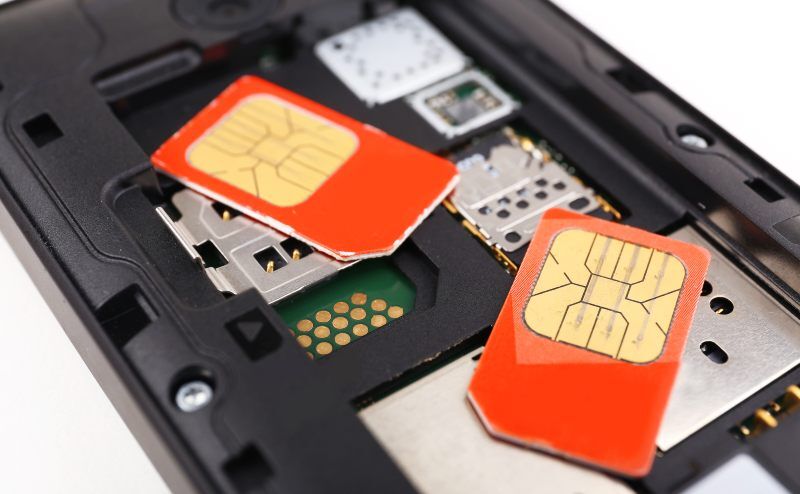
There’s plenty of other phones that can accept eSIMs apart from the ones listed too, so it’s definitely worth checking to see if you can benefit from one.
Factors to consider when choosing your Thailand eSIM plan
When choosing your Thailand eSIM, you should take into account all the factors that you would for your everyday network provider.
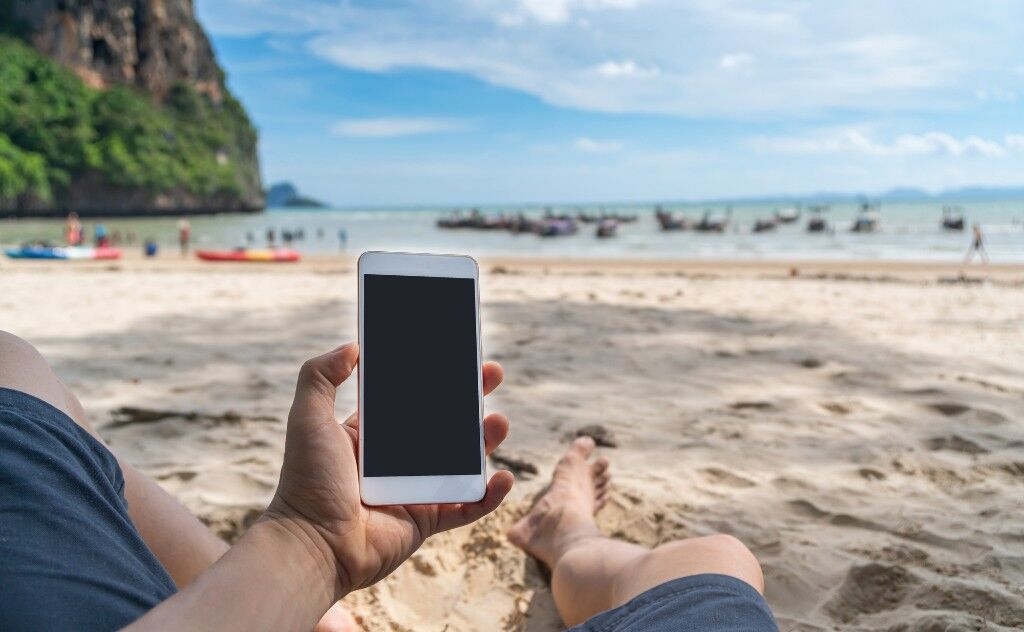
Make sure that you’re happy with the following before you buy –
- Network coverage – An eSIM is little use if the network it belongs to struggles for coverage in the area that you’re visiting. Some networks show coverage maps on their sites which you can check before you decide to purchase.
- Network speed – This can go hand-in-hand with coverage, but check to see if they can offer quicker data services such as 4G and 5G.
- Data caps – If you’re just going to be texting and ringing other people in Thailand, you may not need a great deal of data. Most people will probably want to ring and send photos to their friends and family back home. This can use data, and cost you a significant amount if you exceed your allowance. Find out how much you use at home, and add a little extra for those videos and snaps you’re bound to send. You could also consider unlimited data plans.
- Contract length – Many Thailand eSIM providers offer short-term contracts perfect for visitors. Take heed of the contract length to ensure you don’t pay for more than you need.
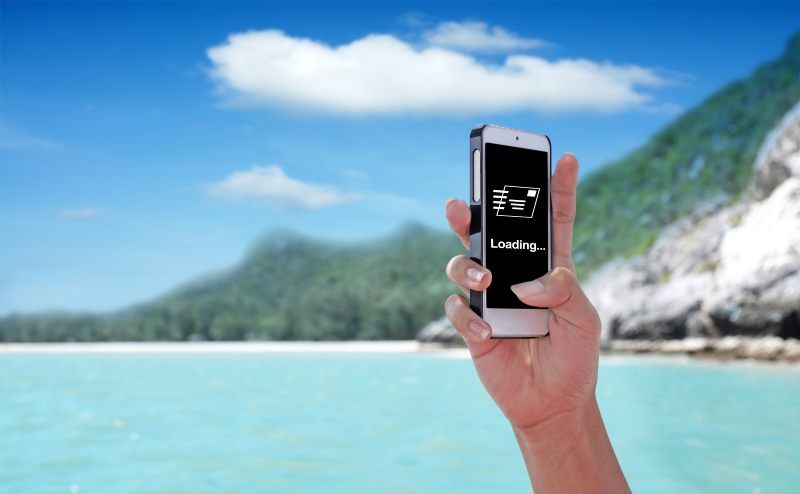
Please note this article focuses on the best eSIM for Thailand Tourist use not for long term use.
Best Thailand eSIM providers
Let’s do some eSIM comparison and look at the major providers in the Thailand eSIM market. These review details are current as of April 2023, so please check with the operator for any updates before you travel.
Best for those expecting low data usage – Nomad
With prices starting from 4 USD for a 1GB plan spanning 30 days, Nomad’s rates are hard to beat. They offer superb coverage and solid speeds in Thailand, so you’re unlikely to find yourself out of range.
They also offer a range of plans for those hungry for more mobile data, typically more data costing around $2 per extra gigabyte.
Best unlimited data plan – Airola
As one of the largest names in international eSIMs, Airola provides great speeds and coverage. Their customer service is second-to-none too, making it a reassuring partner to travel with.
Unlimited data for 8 days will cost you 9.90 USD, while the 15-day option is 19.95 USD. Keep in mind that speeds can drop once you use 15GB though.
Those likely to cross borders into other countries might be interested in their dedicated Asia plans instead, which cover several nearby countries.
Easiest to set up – MTX Connect
MTX Connect’s Thailand eSIM is a cinch to set up and start using. Its customer service is great, and the coverage is solid.
The only reason you might be dissuaded from using them is their relatively high prices.
You’ll have to pay 66.76 USD for 10GB over 30 days with MTX Connect, a price that’s multitudes higher than their competition. They do, however, provide contract options as short as one day, which may work for some.
Best value – Airhub
Rather than a provider in itself, Airhub is a site that compares prices from carriers such as dtac and AIS. As such, you can find a variety of plans between the two of them, with variations in data caps, contract periods affordable prices and much more to suit you.
AIS’s 30-day plan with 30GB of data looks fantastic value at 14.50 USD, with dtac’s similar 15-day offering costing a mere 9 USD also.
Best eSIM for Thailand – Verdict
With so many differences in eSIM data plan caps, data packages and contract lengths, choosing one network that will suit everybody is a near-impossible task. That being said, most people should find something from the quartet above that works for them.

Airhub in particular is a great place to start your search, with several options available to those wishing to use an eSIM in Thailand.
From there, you can decide whether an easy set-up, unlimited data, or low costs are most important to you, and compare the prices and plans you find.
eSIM Checklist
Work through these questions and decided on the best eSIM for your needs.
- Check the list of supported devices and make sure you
- Determine what level of internet access you need and if you want unlimited internet for your trip. Check how much data you use at home and add 30%.
- Look at where you are travelling and which eSIM providers have the best coverage for the regions you plan to visit.
- How many people are you travelling with? Do you want to share data? Does the eSIM you have chosen allow data sharing?
We hope our eSIM Thailand review has helped you decide if a physical sim card or an eSIM provider is the best choice for when you travel to Thailand so you can stay connected and avoid public wifi networks while you are travelling.
